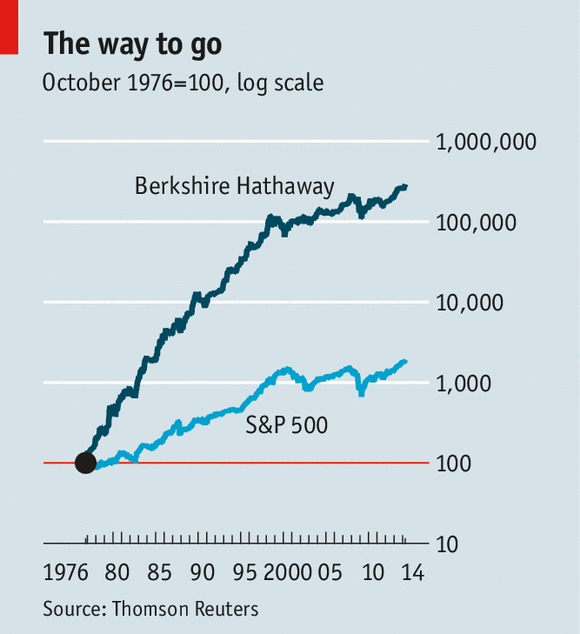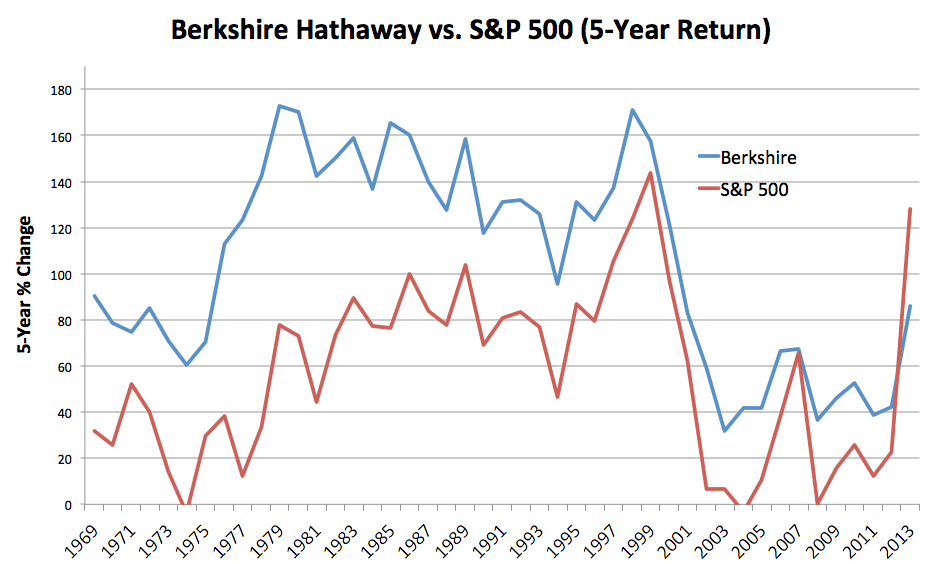Follow Buffet s Discipline & Beat The Market
Post on: 16 Май, 2015 No Comment

Warren Buffett was once asked what is more important to become a successful investor: intelligence or discipline? His answer came as a surprise to some: “Stocks go up and down, there is no game where the odds are in your favor. But to win at this game, and most people can’t, you need discipline to form your own opinions and the right temperament, which is more important than IQ.”
Why Is Discipline So Critical To An Investor?
Investing in the stock market can easily become an emotional task in the absence of a disciplined investment strategy. To prevent emotions from driving investment decisions, an investor needs to integrate discipline into their investment strategy. Discipline provides consistency, which is essential to outperform the market over a longer period of time.
Let’s understand discipline in the context of stock markets by using a simple example. Assume that you have decided to create a portfolio based on a single metric of PE and a valuation time frame of six months. Let us assume you have decided that the five smallest PE ratio stocks from the S&P 500, at the time they distribute their second quarter dividends. Let’s say stock X was added to your portfolio as one of the five stocks. Six months later, the stock is trading at a higher PE ratio and hence does not make it to your list. This is where an investor will face an emotional versus factual dilemma. Having gained significantly, an investor might want to stay in the trade hoping for more returns. That’s how human emotion often functions. However, this is precisely the emotional decision which has to be overridden by data, suggesting that stock X is no longer among the five smallest PE stocks. Acting on the data driven suggestion is an example of discipline.
The market is often a reflection of the aggregated emotional reactions of an entire population. The short term movements in stock prices or the broader markets are often comparable to an impulsive action. An investor should ask themselves how a bull/bear run impacts his or her investments, and then make decisions based on data and facts.
Bull runs often lure people to jump in, hoping to benefit from a market rise, while a bearish market trend could lead to a sell-off. These kinds of extreme market conditions can lead to people abandoning their investment strategy. A test of discipline is the ability to stick to your investment strategy even in the most extreme, and tempting, of market conditions.
Warren Buffet’s Discipline
A great example of market discipline is the Oracle of Omaha, Warren Buffett. Mr. Buffett set out the following rules as his personal investment principles:

- Invest in companies you thoroughly understand.
- Invest in a company only if you are convinced it is good. Don’t come to a conclusion based on what others say. Read the facts and conclude for yourself. Can’t come to a conclusion? Move on until you find something you understand and are convinced about.
- Invest in companies that lie in your circle of competence.
A test of the Oracle’s discipline was the dot.com bubble of the late 1990’s. He decided to avoid investing in technology companies which he did not understand, even as these tech names helped create billions of dollars overnight. He was being called old world and many went on to question his principles of investing. Warren eventually had the last laugh, with the stock market crashing in 1999, fuelled by the technology stocks. Warren Buffett’s discipline of avoiding things he didn’t understand, even when everybody around him was picking them up, paid off in the end. Discipline did prove to be an ally in his case, strengthening his rules of investment even further.
Here is an example which numerically captures the advantage of discipline in an investment strategy.
Systematic Investment Plans (SIPs ) are a popular way of investing in stock markets for people who have regular monthly surplus income. We look at returns for two investors, the first one being disciplined and who did not miss investing $1000 into an S&P 500 index fund every month for the last 10 years. The other does not invest in stocks when the markets signals bearish trends. We assume that in the second case, the investor places $1000 into bank fixed deposits at a 1% interest rate. The table below summarizes the two investment strategies and their results.














